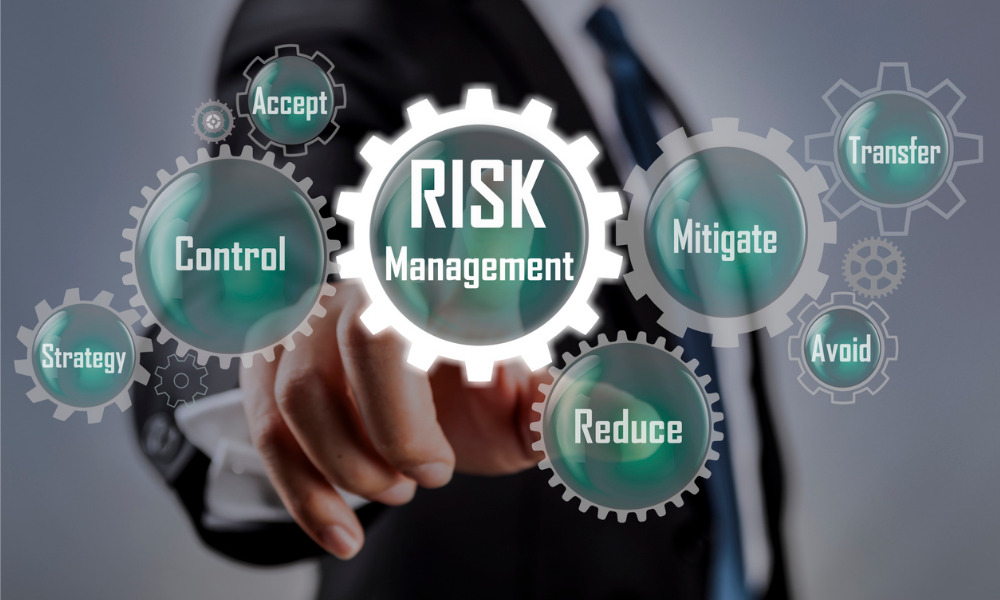What does it mean to maintain a chronic unease about things?

Complacency with respect to workplace health and safety is the enemy of many well managed and well run businesses. This is particularly true for high hazard industries. Things appear to be going well and safety systems seems to be well in hand and then the unthinkable happens, a major incident, a fire, an explosion, a disabling injury, or a fatality. I have investigated many serious incidents including disabling injury and fatal incidents. Most often when tragedy strikes it may the first time a company has experienced any significant incident. The senior leadership team including the safety group respond with utter surprise. How is this, why is this, and what can we do to prevent it from happening at our workplace? The answer is that we need to approach work with a sort of chronic unease. When things are going well we need to be extra vigilant knowing that at any workplace bad things can happen even to the very best companies.
So what does it mean to maintain a chronic unease about things? Chronic unease is a state of mind that gives rise to an especially effective approach to safety risk management. The capacity for chronic unease is a key leadership trait. It is part of being a vulnerable leader who is able to ask how catastrophe can strike here? What are we doing about it? How effective are our efforts? What else can be done to prevent it from happening? Successful high reliability organizations somehow are able to maintain this chronic unease even when things are going well. Leaders of high reliability organizations are capable of maintaining a chronic unease in part because of their capacity to remain vigilant, they share a healthy pessimism, and they have capacity to worry. They also need a good imagination to be able visualize the unimaginable and the flexibility to be willing for change even before disaster strikes.
Harold Gregory "Hal" Moore, Jr. is a famous (now retired) lieutenant general in the United States Army. He is best known for his successful leadership in the 1965 Battle of la Drang in the Vietnam war. As a military man the idea of chronic unease came easily to him, and one of his four tenants of successful leadership was that “there is something very wrong when there appears to be nothing wrong”.
Chronic unease is best described as having capacity for anticipation, maintaining a state of unrelenting watchfulness, and the suggestions that everything is not well. This anticipation pushes the corporate and safety culture in the direction of asking more questions during periods of low numbers of incidents and encouraging all employees to report even minor anomalies in process and procedures. Chronic unease has us thoroughly investigating all variances and anomalies, doing detailed causal analysis, even though these variances and anomalies have not resulted in loss.
Chronic unease put into action is often operationalized as a critical risk management (CRM) process. CRM has the focus on prevention of fatalities, disabling injuries, or any other incidents that could result in a significant financial loss or business disruption. These low probability, extreme outcome, events are best identified through a structured process. CRM involves looking for early warning signs and weaknesses in our designed controls of workplace hazards. Any CRM system needs to consider the size of the organization, the nature of its operations and its workforce, existing work methods, procedures and controls, and the existing risk management system and the company climate.
The success of a CRM system is closely linked to the senior leadership deciding to look for risk and own the risk. They need to be active risk owners and talk about risk, the bad outcomes that could happen, every day. The narrative needs to move away from hazard assessment and control and move to reviewing jobs and tasks, talking about the bad things that could happen as a result of doing the work, reviewing the controls, assessing their adequacy, asking all employees what else they think we should be doing. Chronic unease and CRM are important tools in driving the narrative towards ensuring all employees know about the risks and the need to continually improve the systems, and then follow it.
Glyn Jones is a partner at EHS Partnerships Ltd. in Calgary. He is a consulting occupational health and safety professional with 35 years of experience. He also provides program design and instructional support to the University of New Brunswick’s OHS and Leadership Development certificate programs. He can be reached at [email protected] or you can follow him on Twitter at glynjones_ehsp.






